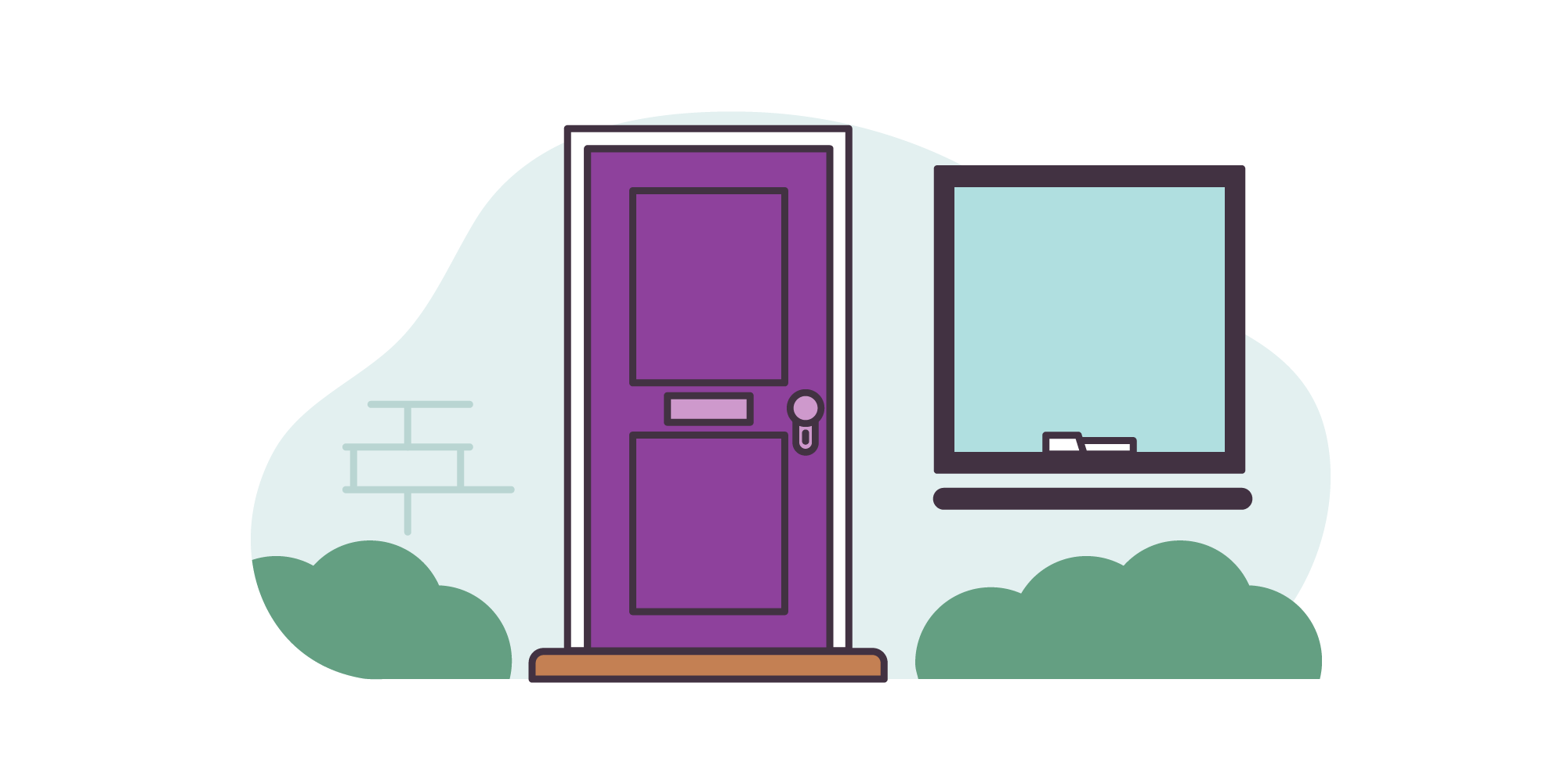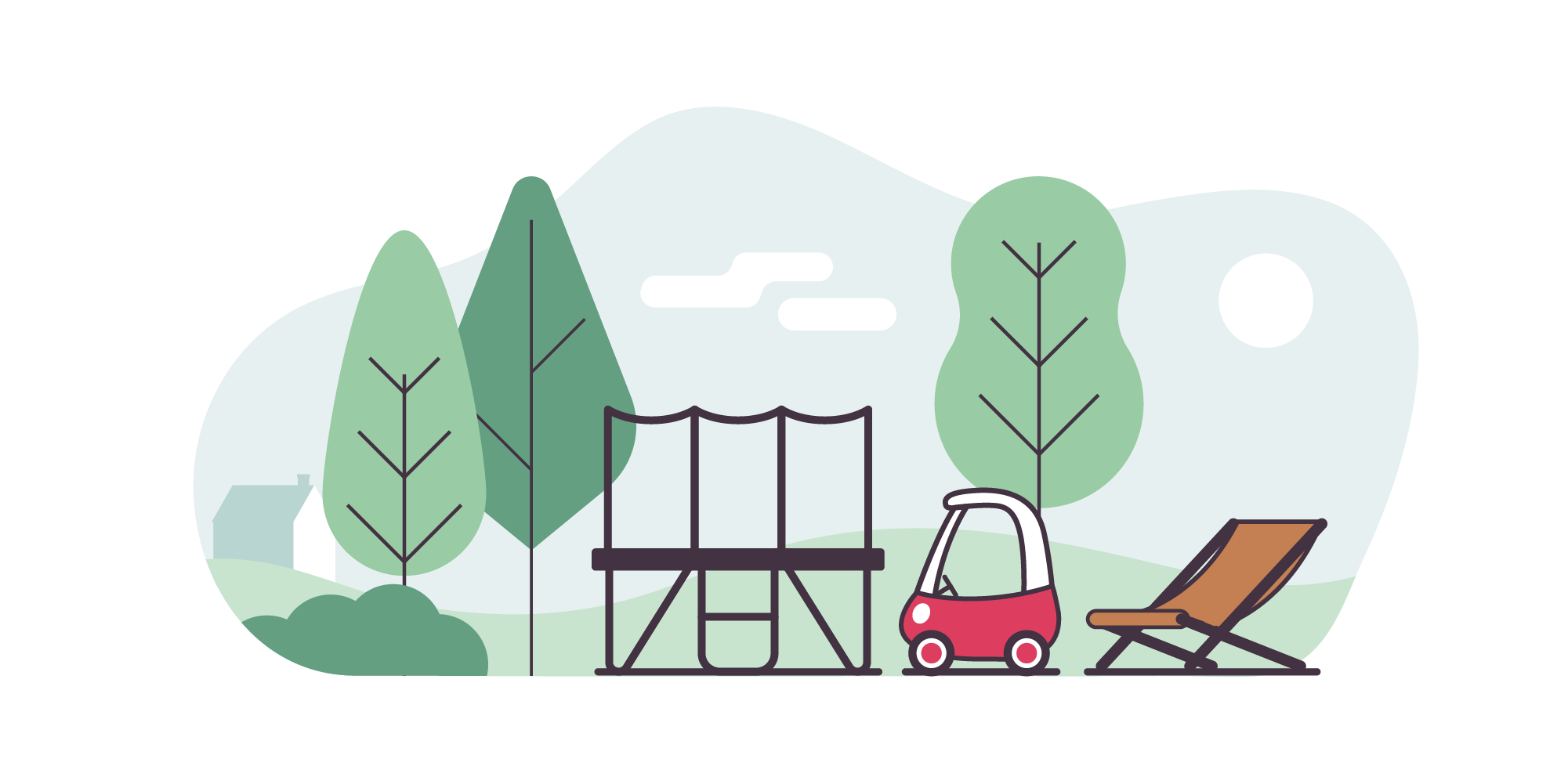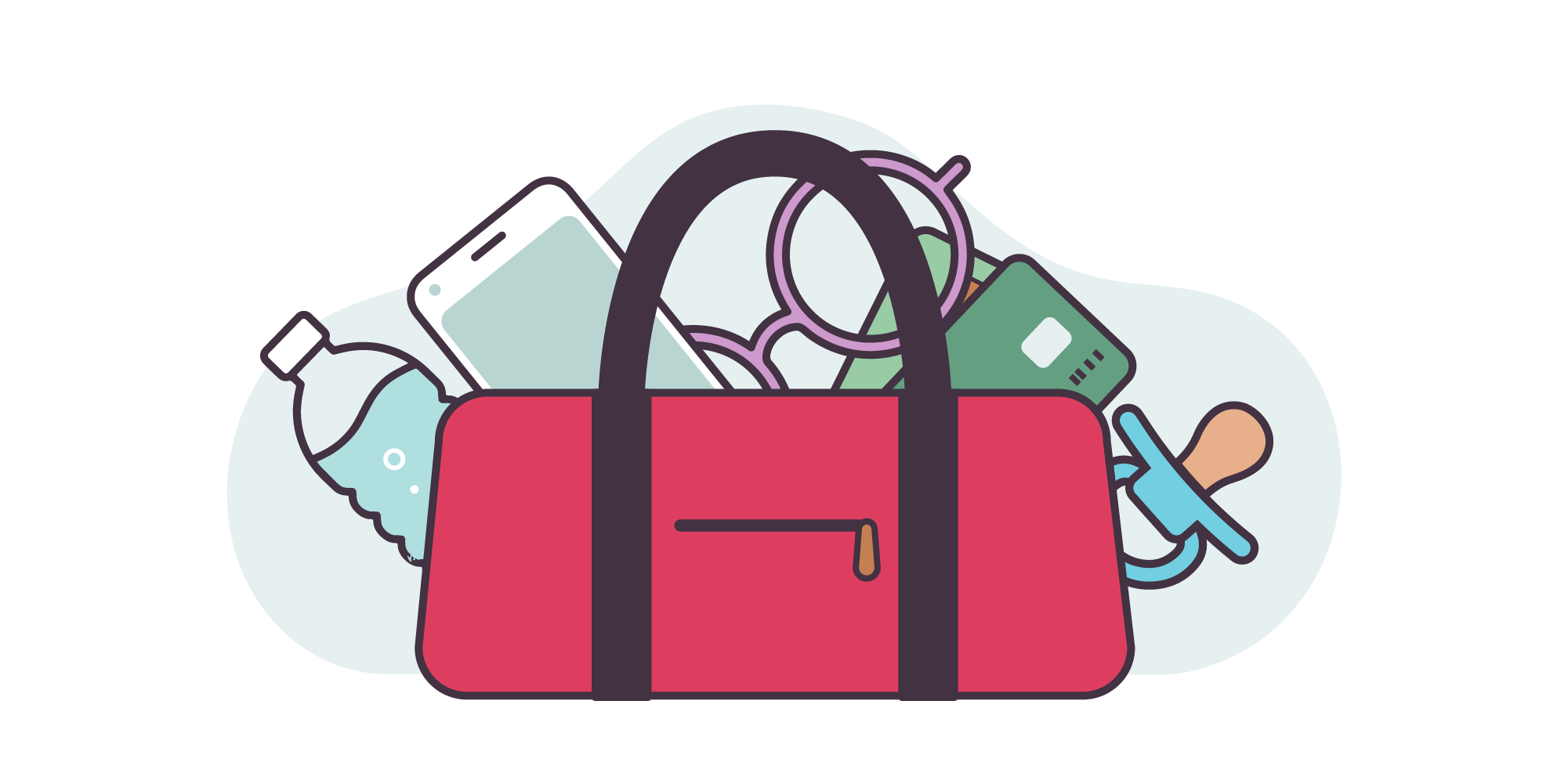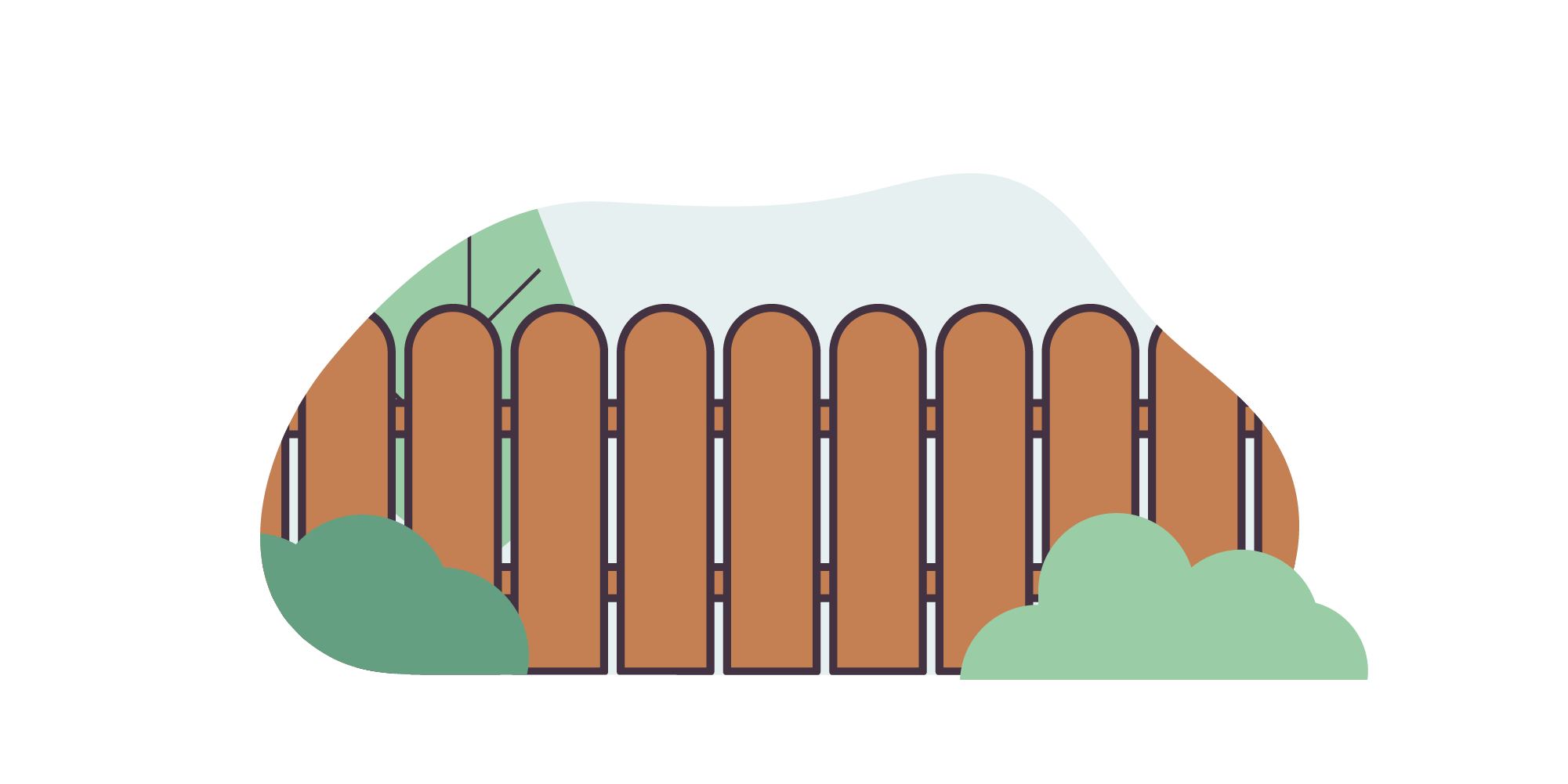
We've gathered a checklist of the last minute things to do to help protect you and your home.
Secure your home
- Doors and windows
- Fences
- Garden
Protect your belongings
- Belongings
- Pets
Gather the essentials
- Emergency Kit
Doors and windows

It might sound obvious, but ahead of any bad weather, you should make sure all windows, doors and skylights are shut tight, and ideally fastened. This will stop rain getting in, draughts and prevent them blowing open.
Ensuring everything’s sealed tight will also prevent any pets trying to escape if they become panicked.
If you have a hailstorm, it’s also a good idea to close curtains and blinds. This is because, in the worst scenario, if a window smashes, it’ll act as a barrier against broken glass.
- Take detailed photos of your property and contents to help with any potential claim.
- Airbricks – cover them with thick plastic sheeting
- Floodsacks - place these on both sides of your door
- Curtains - Drape them over their poles, unless you have time to remove them
- Move valuables higher.
Belongings

If there’s a risk of flooding, or of water getting into the house, it may be best to move items you don’t want to get damaged out of harm’s way. If your house has more than one storey, try to move any sentimental or valuable items upstairs.
For larger items, use large sealable bags if you have them e.g. electrical goods, sofas that may be too hard to move. Otherwise, if there’s a risk of surface flooding, keep anything important elevated.
Unplug electrical items from sockets close to the floor. It’s a good idea to shut off the electricity entirely if your home looks like it may flood.
Find out more about flood protection.
PETS

Check you’ve got any pets safely inside, and they can’t go roaming in the bad weather.
Protect your fences
If you have time, do a quick check that there are no loose panels. If necessary a couple of nails could be a quick fix until the bad weather passes.
Garden

Any garden furniture, equipment and ornaments should also be secured or protected ahead of bad weather. If possible, store any loose items away in a shed or outbuilding, weigh it down, or bring it inside.
Don’t forget children’s play equipment, trampolines, rubbish bins or recycling crates.
Also, if you’re a keen gardener, you can protect plants and flowers with netting, or upturned items such as baskets or pots.
Emergency kit

In some cases you may need to leave your home, so you’ll need to have some essentials. Here are a few pointers on what you may need.
- Check the weather forecast and pack suitable clothes.
- Ready-to-eat food, a warm drink in a flask and bottled water.
- Mobile phone and charger.
- Any essential medication or personal items
- Spare glasses or contact lenses.
- Cash and credit cards.
- A list of emergency contact numbers. This should be a paper copy, in case your mobile phone loses power.
- Baby and pet supplies if needed.
Having the right kit is essential in an emergency.
See our additional guidance on Packing an Emergency Kit.
Lastly,
- Sign up for weather alerts if you haven't already, by phone, email or text.
- Check your home insurance to make sure you are covered for flood damage.
- Keep yourself, your family and any pets safe.
- Consider how you could help vulnerable friends or neighbours.



